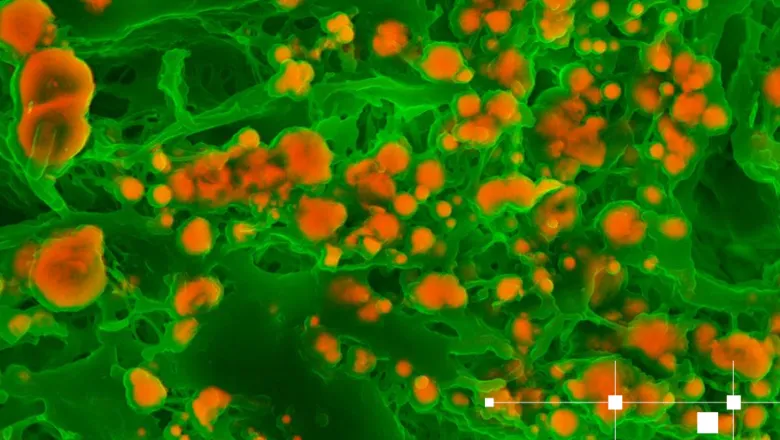This radiotracer could have important clinical implications as a sensitive agent for the non-invasive detection, at the whole-body level, of early EC in several diseases such as atherosclerosis, age-related macular degeneration, Alzheimer’s disease, muscular dystrophy, various cancers, and chronic kidney disease.
Dr Rafael T. M. de Rosales, Reader in Imaging Chemistry, School of Biomedical Engineering & Imaging Sciences.
10 October 2023
New study finds novel method for early and accurate calcification detection
Researchers from King's College London have studied the comparative efficacy of two types of radiotracers to detect extraosseous calcification (EC) via PET imaging.

Extraosseous calcification (EC) is the process by which calcium deposits in the body find their way into soft tissue instead of being inserted into the bones. EC lesions are linked to serious health implications; patients with confirmed EC are at a higher mortality risk due to calcification impeding the normal functioning of vital organs such as the heart, kidneys, lungs, etc.
The study has found that a novel radiotracer ([68Ga]Ga-THP-Pam) can help effectively identify EC accurately and at an early stage via PET imaging. The only method that is currently established to detect EC clinically is X-ray-based imaging, but this technique is only able to detect the issue at a very advanced stage when medical interventions lack effectiveness.
Studies have previously identified that PET imaging using the radiotracer 18F-fluoride can detect early-stage EC with high sensitivity. In this process, 18F -fluoride binds to the calcium mineral hydroxyapatite (HAp), commonly found in EC lesions, to indicate where the calcification is based in the body.
However, researchers from King's have found that 18F -fluoride preferentially binds the HAp mineral found in bones, and does not bind to several other calcium minerals that can be found in disease-related EC lesions. This limitation restricts the ability of 18F -fluoride to find the full extent of EC during the imaging process.
Further to this finding, the group has now established that [68Ga]Ga-THP-Pam allows the detection of micro- and macro-EC lesions in organs more sensitively than 18F-fluoride. Due to its ability to bind with a broad range of calcium minerals, this radiotracer can find calcifications regardless of their HAp content, making the imaging process more accurate than before.
Imaging of the different minerals formed from calcium might show that calcification is not uniform and provide clues about disease mechanisms, furthering our understanding of pathological calcification. It might also contribute towards the development of new treatments and diagnostic methods.
Dr Sergio Bertazzo, Associate Professor in Mineralomics, Department of Medical Physics & Biomedical Engineering / London Centre for Nanotechnology, University College London.
The researchers suggest that the use of this bisphosphonate radiotracer in PET imaging should be clinically evaluated to allow for earlier and more accurate diagnoses of EC along with improved outcomes for patients facing the issue. Read the research paper here.

